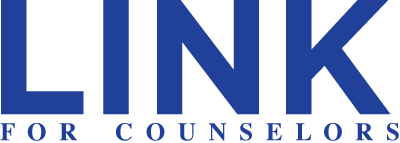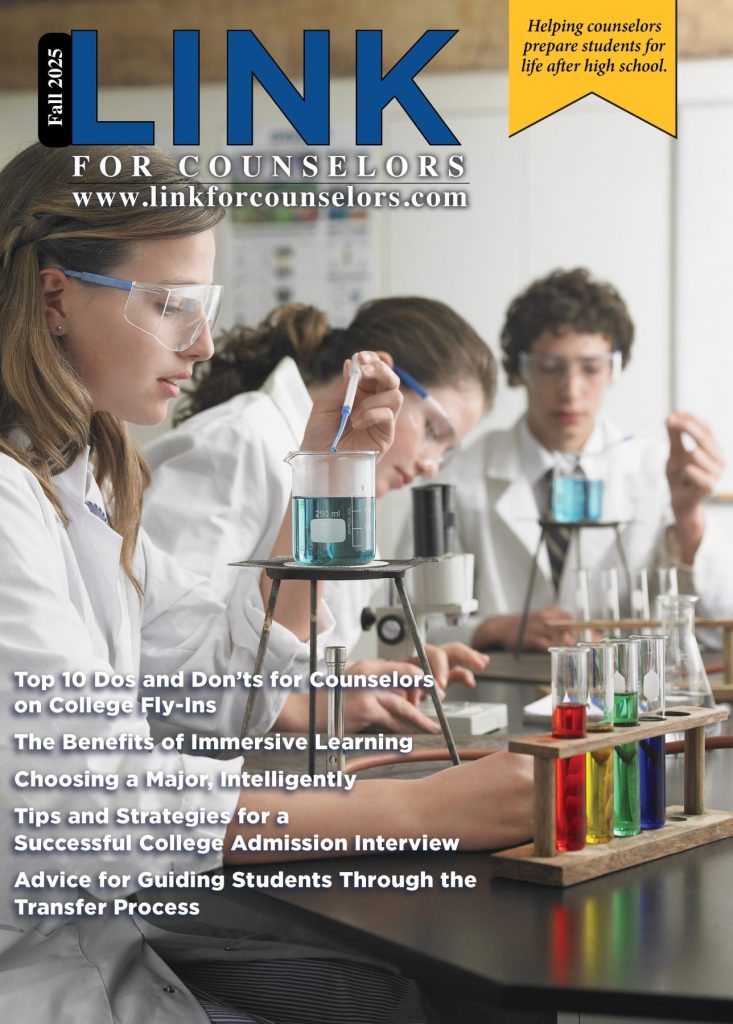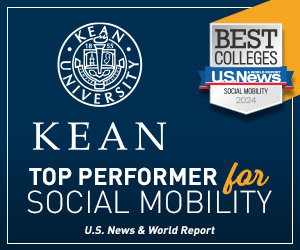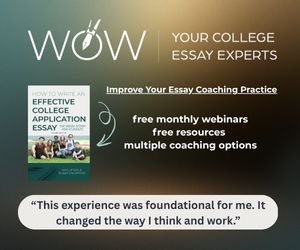If you’re a high school graduate or about to graduate, it’s time to start thinking about your future. And if you’re like most people, you’ll want to start by looking for a job.
But how do you go about finding a job when you don’t have any work experience? One way is to create a resume. A resume is a document that describes your educational background, professional experience, and skills. It can be used to apply for jobs, scholarships, and other opportunities.
If you’re wondering how to write a high school resume, don’t worry – we’ve got you covered! In this article, we will teach you how to write a high school resume in five easy steps.
- Writing the Introduction
Before you can write your high school resume, you need to know some basic information about yourself. For example, what is your name? What are your hobbies and interests? Do you volunteer or take classes outside of school?
To answer these questions, try writing an introduction where you list some of this information. Your introduction should be roughly 75-100 words long. When completed, here is how it should look like:
My name is Miranda Smith. I was born in Boston on October 15th, 1999. I love spending time with my dog, Jack, and attending concerts at Fenway Park. I’m also a member of the National Honor Society and ran track all four years in high school.
Don’t worry if your introduction isn’t perfect – you will have the chance to edit it later. For now, just focus on getting all of your important information onto paper.
2. Writing Your Educational Experience
Now that you’ve written your introduction let’s talk about some of the things you learned in high school. Include information about your favorite classes and extracurricular activities.
If you haven’t had many experiences yet, don’t worry. You can still write something about how excited you are to learn new things in college or university. Don’t forget to include any leadership positions that you may have held as well. A few examples are listed below:
- “I’m currently taking AP English Literature. AP English Literature is one of my favorite courses. I am also President of my school’s newspaper, which I love because it keeps me involved in the community and allows me to practice leadership skills.”
- “I was elected Vice President for my senior class. This position has challenged me to step out of my comfort zone and learn a lot about planning events and motivating people.” Now that you’ve written your educational experience let’s move on to writing about some of the technical skills you have.
3. Writing Your Technical Experience
Now that you have written about some of the things you learned in high school let’s talk about what you can do. Skills are divided into two categories: hard skills and transferable skills (we will discuss both of these shortly).
If you have any hard skills, mention them briefly in this section. These are specific abilities that are related to certain types of jobs. For example, if your dream job is to become an engineer, some possible hard skills for your resume might be “software programming” or “mechanical engineering.”
Don’t worry if you don’t have any hard skills yet. You can still include information about transferable skills on your resume.
Transferable skills are skills that you can apply to any job. They include things like “communication,” “teamwork,” and “leadership.” If you have any experiences that demonstrate that you have these types of skills, list them here! A few examples are listed below:
- “I was a member of the Science Olympiad team for two years. This experience has taught me how to work effectively in a team environment.”
- “I was Student Council President for my junior and senior year. This position has given me experience in leadership and decision-making.”
Now that you’ve written about your educational experience and technical skills, it’s time to write about your work experience!
4. Writing About Your Work Experience
If you have any work experience, list it here. This could be part of a part-time job or a volunteer position. If you don’t have a work experience, you can include information about your hobbies and interests.
A few things to keep in mind when writing about your work experience:
- List the name of the company/organization
- Describe what you did there – Mention how long you worked there
- Say what you learned from this experience.
Here’s an example:
“I worked at a local pizza restaurant for two years. I was responsible for making the pizzas, taking orders, and cleaning the kitchen. This experience has taught me how to work effectively in a team environment and how to handle difficult customer service situations.”
5. Writing About Your Hobbies and Interests
This is one of the best opportunities for you to show off your personality. List some of your favorite hobbies and interests here. Here are a few of the things you could list:
- Painting
- Playing sports
- Reading books
- Volunteering at an animal shelter
If you don’t have any interests yet, that’s okay. You can still write about your skills (for example, “I am great at drawing and enjoy spending my free time painting.”)
Once you are done writing all of these sections, it’s time to take a break. Review the resume one more time to make sure everything looks good. Then go ahead and get excited because you’ve finished creating your first draft.
Important: The entire process of writing a resume can be really time-consuming. You don’t want to remain with piles of assignments because you don’t have enough time to do an assignment. If lacking enough time is indeed the case, it wouldn’t hurt looking for an assignment writing service. Before assigning them the work though, be sure to know their price and if they provide any money-back guarantees—just in case.
Editing Your Resume
The final step before sending out your resume is editing it. Read back through your resume and edit for any spelling or grammatical errors. Check each section to make sure everything makes sense and flows well together.
Once you are done editing, it’s time to print out your resume. Make sure to use a good-quality printer, so the text looks crisp and clear.
Important: Formatting your resume correctly is very important! If it’s not formatted correctly, the employer might not be able to read it. To format your resume, follow these steps:
Resume Formatting Recommendations
- Print your resume on white, high-quality paper. 8 ½ by 11-inch papers are some of the best types to use. If your printer can handle larger-sized paper, feel free to go ahead and print it on that!
- Use a standard font like Times New Roman or Arial. Make sure the text size is between 10-12 pt, so it’s easily readable when printed out. You also want to make sure you are using black ink.
- Put one inch of space between each section of information on your resume (top/profile photo, educational background, work experience, etc.) This makes it easier for employers to navigate through your information.
- Break up large chunks of text into bullet points. This makes your resume easy to read quickly!
- If you are including a cover letter, make sure it is formatted the same way as your resume (printing on white paper, using a standard font, etc.).
Final Words
Now that you have your resume printed out include any other supporting documents if needed/requested by the employer. And if you need more guidance or advice about writing a good resume or preparing for an interview, don’t be afraid to ask someone for help. Good luck applying for jobs!
Author Bio:
Janice Hardy is a freelancer and an author of the bestselling teen novel, ‘The Girl Who Slayed the Moon Dragon’. She has a bachelor’s degree in psychology. Janice grew up in Texas and likes to write YA speculative fiction about cultural differences, dragons, and other magical creatures. Her favorite things are reading, traveling, talking to people from other countries, and eating anything she doesn’t have to cook.












